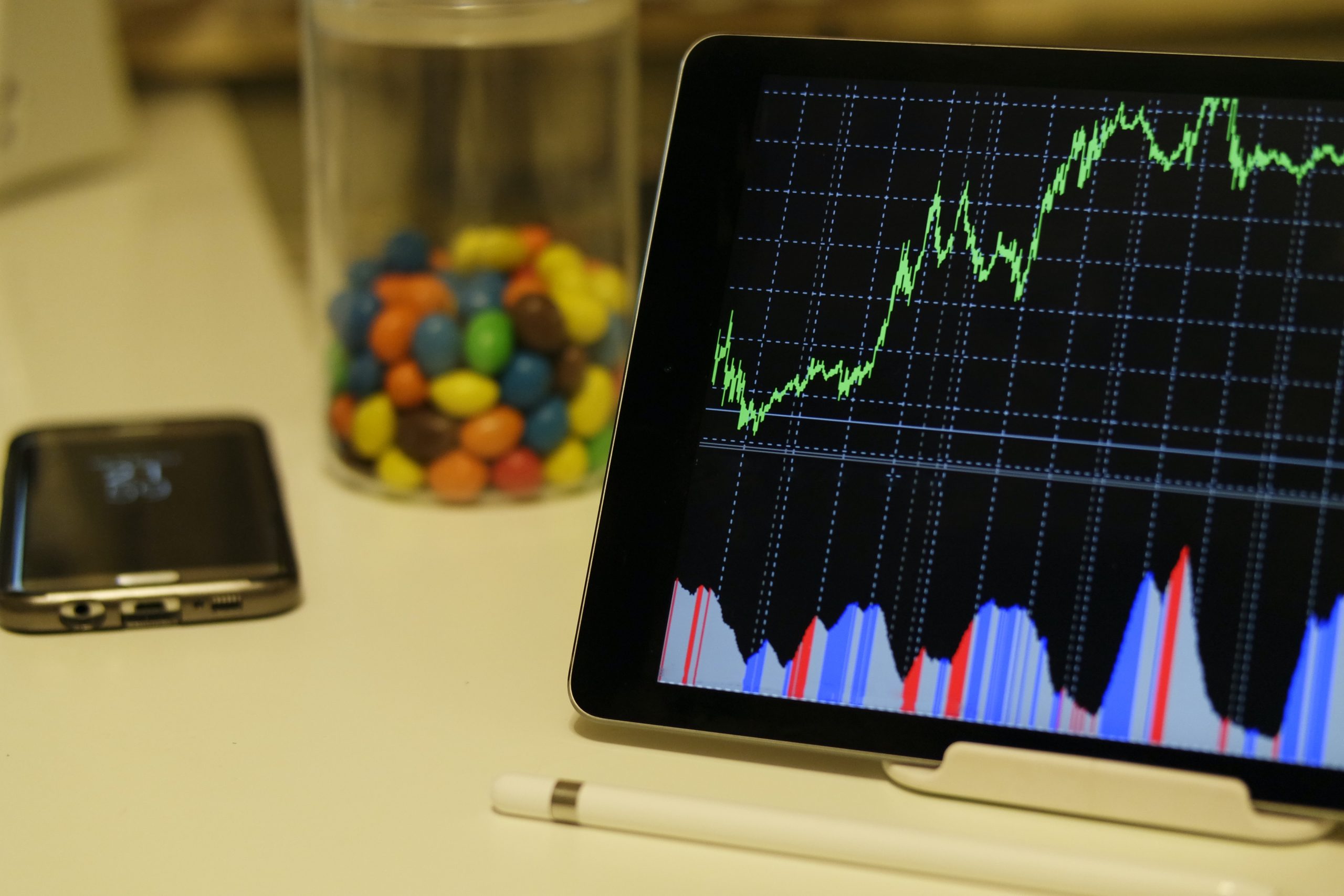The world of finance can often be a bit unpredictable, but one thing has remained constant for decades: banks have always been considered a safe and reliable investment option. However, with the recent economic turmoil caused by the pandemic, many investors are starting to question if it’s still worth putting their money into this traditional sector. In this week’s markets wrap, we take a closer look at what’s been happening in the banking industry and share some insights that may make you reconsider your stance on investing in banks. So buckle up and get ready to explore what could be an exciting new opportunity for your financial portfolio!
What we’re seeing in the markets this week
Looking at the markets this week, it seems as though investors are starting to rethink their investment strategy in banks.
The stock prices for most banking institutions have taken a beating this week, dropping anywhere from 6% to 12%. This dip is likely due to investors’ growing concerns over the potential fallout from Brexit and the US presidential election.
However, despite these headwinds, some institutions seem to be doing better than others. For example, Goldman Sachs has seen its stock price fall by only 5%, while Bank of America has experienced a more severe 10% drop.
Overall, it seems as though investors are still very hesitant to pull their money out of banks completely just yet. But given the current market conditions, it may be wise for anyone looking to invest in banks to do so with caution.
The state of the banking sector
The banking sector has been facing some headwinds in recent months, with many investors looking to avoid banks due to the uncertainty around the economy. However, there are a few banks that are doing well and could be worth investing in. Here are three tips for finding those banks:
1. Invest in banks that are doing well on Wall Street. The best way to find banks that are doing well is to look at stock prices. The stocks of good banks generally do well, even when the overall market is down.
2. Look for banks with high credit ratings. A high credit rating means that the bank is considered safe and likely to pay back its debts.
3. Consider bank investments as part of a diversified portfolio. Bank investments should only make up a small part of your overall portfolio, as they can be volatile and risky.
What investors should consider when investing in banks
When it comes to banks, there are a few things that investors should consider before making a decision.
For starters, banks have been hit hard by the global recession, and many of them have seen their stock prices decline significantly in recent years. This is likely to continue in the near future as regulators around the world tighten their grip on the sector.
Secondly, banks often carry a high level of risk. Even the most well-run banks can suffer from liquidity shortages or credit losses, which can result in big losses for investors.
And finally, bank shares tend to be relatively expensive compared with other types of stocks, which makes them less attractive investment options for many people.
The risks associated with banks
Banks are often seen as a safe investment, but there are risks associated with them. In this article, we discuss some of the key risks and how they could affect your investments in banks.
1. Financial Stability Risk
A key risk to banks is the financial stability risk. This refers to the risk that a bank could experience a Lehman-style collapse, which would have serious consequences for the financial system and economy as a whole. Banks have been particularly vulnerable to financial instability risks in recent years as their balance sheets have become increasingly complex and reliant on debt financing. If interest rates rose significantly or debtors refused to roll over loans, banks could rapidly lose liquidity and face severe financial difficulties.
2. Credit Risk
Another key risk to banks is credit risk. This refers to the risk that a bank will be unable to repay its loans on time or at all. If this was to happen, it could result in significant losses for investors in bank shares, including those who had purchased them on the basis of their perceived safety and soundness. Poor credit ratings can also lead to increased borrowing costs for businesses, which would ultimately impact consumer spending and economic activity more broadly.
3. Operational Risk
Operational risk refers to the potential for incidents or accidents involving a bank’s systems or employees that could cause significant damage or loss of money or property. These incidents can range from simple computer hacking to major cross-border frauds involving billions of dollars worth of assets.
Why it might be time to reconsider your bank investment strategy
The global banking sector has been under pressure in recent months. This week’s markets wrap provides insights into why this might be the case and how investors can take advantage.
Firstly, banks have been hit hard by increasing regulatory costs and reduced consumer spending as a result of the Brexit vote and the US Presidential elections. According to analysts at Nomura, global bank stocks have fallen by an average of 5% since the beginning of 2016, while overall market indexes have risen by around 3%.
Secondly, banks are increasingly reliant on short-term funding sources such as repo contracts (which allow banks to borrow money from their depositors in return for securities) and junk bonds (riskier debt products). When interest rates start to rise, these short-term funding sources become more difficult to access. As a result, many banks are now facing liquidity problems – they don’t have enough money available to meet their obligations.
Thirdly, there is growing concern about the sustainability of bank profits. Many banks are now investing heavily in digital technologies – but this is likely to become less profitable as time goes on. Meanwhile, traditional banking services are becoming less attractive to consumers because they are vulnerable to online competition.
Overall, it seems that bank investments are becoming less favourable as a result of a number of factors: increased regulatory costs; an increase in short-term funding difficulties; and slower growth in traditional banking services. This means that investors might want to reassess their investment strategy within the banking










